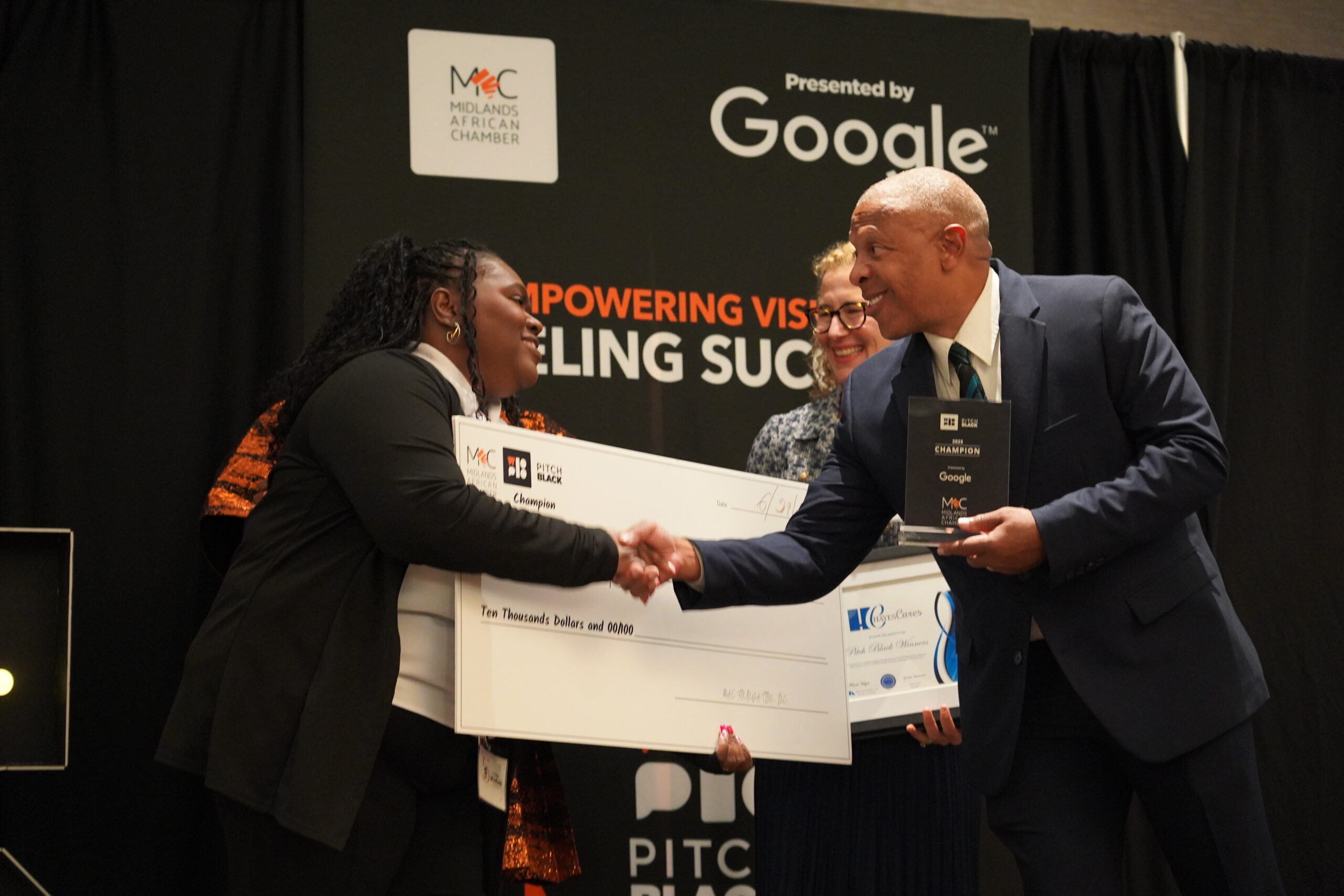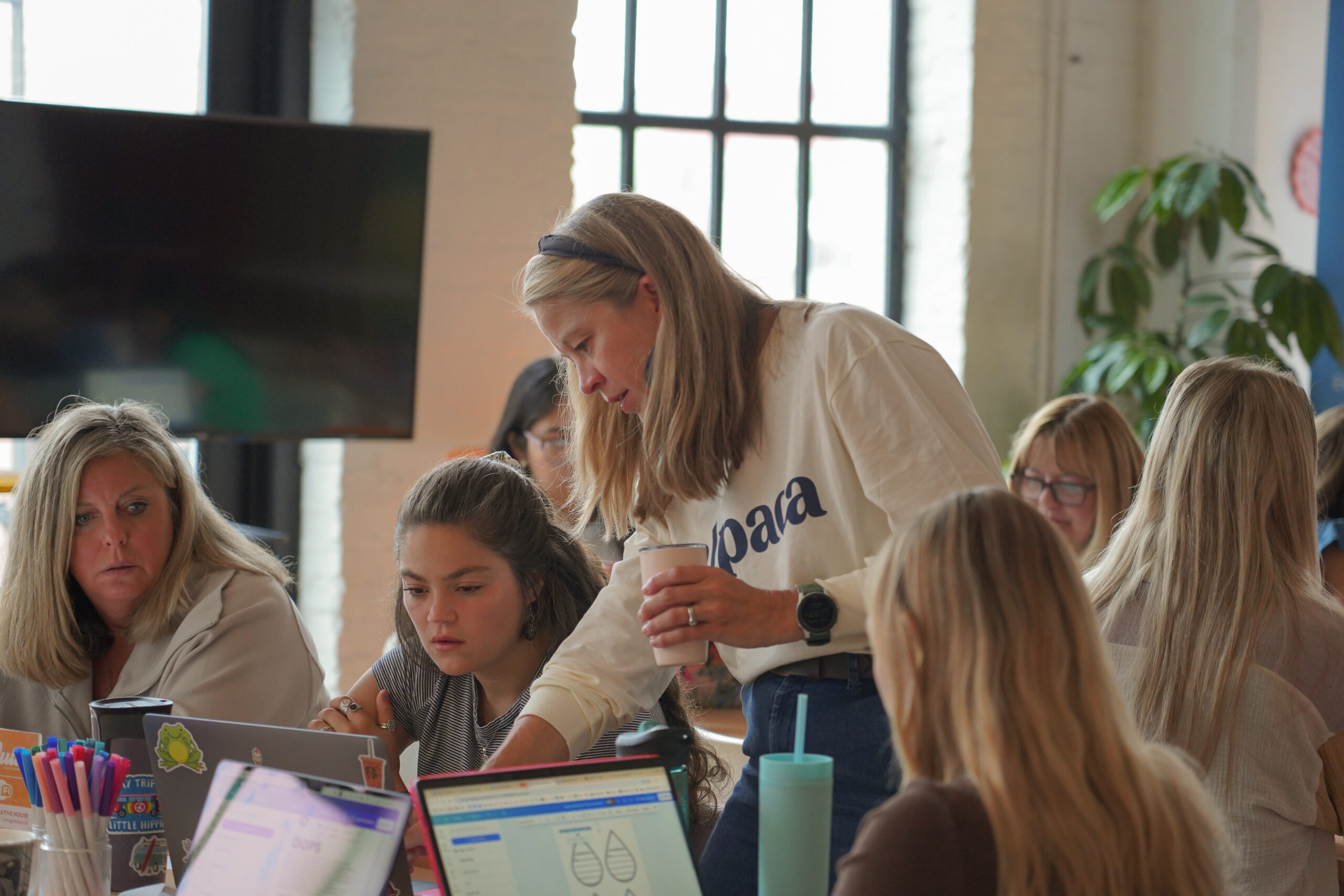
CandyCam’s SkyHook robotics system is suspended in a room by high-grade fishing line.
If you’ve ever watched a football game on TV, you may have noticed the over-the-field shots—the ones that look as if the camera is flying above the play. Those angles aren’t coming from the sidelines or stands. To get those shots, the camera has been suspended in air by Kevlar wire.
Now, imagine putting that capability in the hands of an amateur videographer and bringing it indoors. With the assistance of a 3D printer, an iPad and high-grade fishing line, CandyCam‘s 18-person team in Kansas City, Mo. is building a robotics system that aims to do just that and at a price affordable to the amateur.
The advent of their idea didn’t come from watching a football game though, it came when technology inventor Jeff Alholm, videographer Spencer Walsh and designer Coty Beasley worked on a video shoot together and realized they didn’t have the necessary positional equipment, such as dollies, cranes, sliders and tracks. After looking into the cost of equipment, the trio met in their garages to hack together camera rigs, including a dolly made out of a wheelchair.
 “As that process went along, we kind of had an epiphany and realized tons of people have these problems,” Beasley (left), the startup’s chief design officer, said Tuesday in an interview.
“As that process went along, we kind of had an epiphany and realized tons of people have these problems,” Beasley (left), the startup’s chief design officer, said Tuesday in an interview.
With the cost of cameras dropping and their capabilities “skyrocketing,” he said, video quality has increased and more videographers are in business. He and his team see an opportunity in serving this community of amateur filmmakers.
“There are new markets emerging for people who have never dealt with the traditional video backgrounds and they’re making careers for themselves,” he said. “So that’s where it’s shifting to, and we wanted to address that.”
These new videographers can afford HD cameras, such as a $300 GoPro, he said, but the positional video equipment needed to get the shots they want can run into the tens of thousands of dollars. Competitors sell similar products, but all of them have limitations in addition to the price, such as noise, steadiness and technical expertise.

CandyCam’s product, SkyHook (right), works by anchoring four high-grade fishing lines to the ceiling or columns. Those lines connect to the rig through reels, which are connected to a robotic arm that holds the camera. Atop the reels sits a computer that communicates with the controller being steered by the videographer.
The startup hasn’t settled on all SkyHook’s features, but some include the ability to focus remotely, motion detection and sensors for safety. The controller the team is looking to use is an iPad, but Beasley said CandyCam is devoted to making the API available, which would allow users to create an interface from scratch.
Beasley expects SkyHook’s first version to cost around $4,000-6,000. By year’s end, he said CandyCam will be taking a beta version of the product to a hand-selected group of filmmakers.
The startup’s initial focus is serving videographers, Beasley said, but there is potential for concerts, sports venues, commercials and large-object video. The startup continues to bring local professionals into its office, aka test lab, to put its equipment—it builds its own robotics components with a 3D printer—through the paces.
CandyCam, which was established last July after the co-founders started working on the idea in early 2012, has raised $170,000 from investors and several on the team have put money into the venture, as well.
On its website, CandyCam features its “elevator pitch” video:
Credits: SkyHook photos from CandyCam on Facebook. Coty Beasley photo from Facebook. Video from CandyCam on Vimeo.



